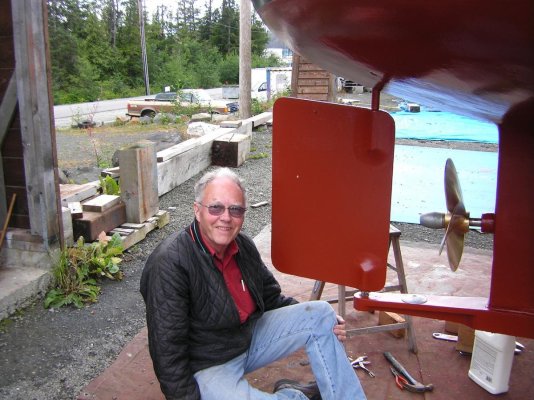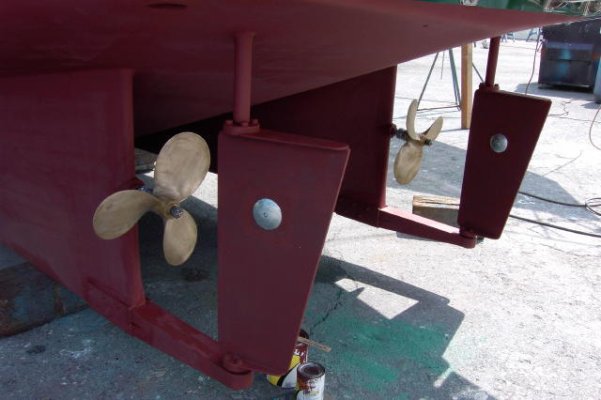Wadsosan,
I had a 35hp Yanmar that developed it's power at 3450rpm and I cruised it at 2750rpm regularly. That's 800rpm down from it's rated rpm and that's only 50rpm different than this boat. I'm sure it will be totally a non-issue. Riding motorcycles in the 60s we were used to 6000rpm British twins and along came the 10000rpm Honda's and we thought they were going to fly apart but they ran and ran and ran. And if you have a big piston pushing hard against a cylinder and a little piston pushing lightly against a cylinder twice as often which one do you think will suffer the most? I think it has more to do w heat and pressure than piston speed as long as piston speed is kept within safe range that is easy to maintain.
Noise? Things to consider. Big engine big noise. It's the force of the explosions that cause noise more or just as much as frequency of explosions. Put in another way the intensity of the work being done. And a lot of the noise (or even most) isn't coming from the engine itself but from the flexible things it's shaking like hulls, cabin sides, floors ect. Being inside a drum (the cabin) is actually being inside a sound box. Most of the things that vibrate in a boat (and amplify or otherwise transmit sound) are probably resonant more to low frequency sound than high. Also rubber engine mounts are better at isolating high frequency vibration than low and higher amplitude sound pulses make more noise.
Ever been inside the engine compartment of a locomotive? Me either but it's low frequency vibration (low rpm) and I'll bet you'll not want to go there w/o hearing protection. But basically I think it's the size of the engine or even more important how much power is being developed. Or how much force is going on.
So ... no I see nothing wrong w 7 knots at 3050rpm. I cruise my engine on my present boat 700rpm down from rated rpm and think it's rather quiet for a small diesel. And it's bad maintenance and other abuse that kills engines .. NOT rpm.

 She's a beauty. I like it.
She's a beauty. I like it. I wonder why more manufacturers don't do this. Great Harbor, KK and Nordies...any others? She looks very much like a Nordie 47...similar hull shape.
I wonder why more manufacturers don't do this. Great Harbor, KK and Nordies...any others? She looks very much like a Nordie 47...similar hull shape.
 It should require only about 40HP total at the prop to push 34000 pounds at 7 knots.......Wrong engines, wrong gears, wrong props...who knows, for sure wrong hull shape.
It should require only about 40HP total at the prop to push 34000 pounds at 7 knots.......Wrong engines, wrong gears, wrong props...who knows, for sure wrong hull shape.